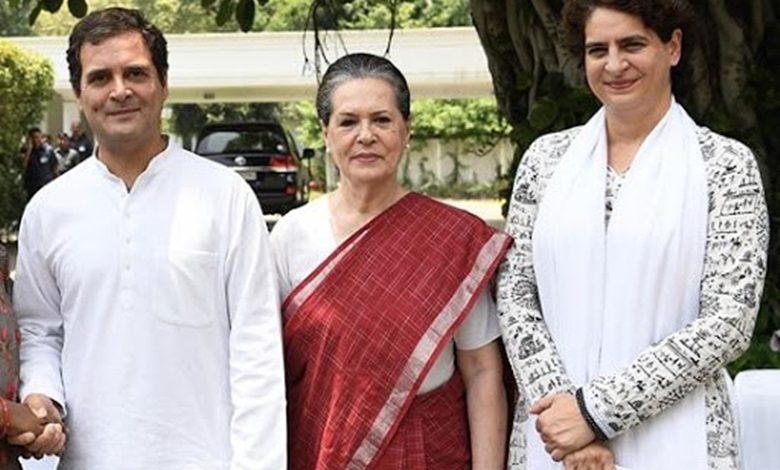How Sonia Gandhi acted as super PM through her Kitchen cabinet – the NAC?


The National Advisory Council (NAC) of India was a body set up by the first United Progressive Alliance (UPA) government to advise the Prime Minister of India Manmohan Singh. Sonia Gandhi served as its chairperson for much of the tenure of the UPA.
The council ceased to exist when the BJP government took office after the 2014 Indian general elections.
The Constitution of India confers the power to draft bills to the Legislature. Any person from Lok Sabha or Rajya Sabha can introduce a bill and seeks the permission of the Parliament for passage.
But the NAC acted as a super constitutional body. It unelected and acted as a “super cabinet” with Sonia the “Super Prime Minister”.
Lets understand how it worked?
Dr. Manmohan Singh though was a great economist had no political base. He was carefully chosen so as to allow Sonia clan run the writ over the Government.
The government of India, in 2017, has made public 710 files related to the National Advisory Committee (NAC). The files give an insight of the relationship with the National Advisory Committee and the then Prime Minister Manmohan Singh.
These files reveal how NAC, far from its charter to provide inputs for policy formulation and support to government, was influencing policy making in disinvestment, coal, power and real estate apart from social sectors. What is interesting to note is that NAC sway over the government from 2004-2014 came with less accountability.
They clearly reveal that when it came to decisions, Sonia’s words were final.
The most infamous law drafted by NAC was the Communal Violence Bill, officially referred to as the Prevention of Communal and Targeted Violence (Access to Justice and Reparations) Bill, 2011, would have proved to be one of the most disastrous laws if it were to be enacted. It assumed that only religious minorities to be the victims of Communal violence. Finance Minister Arun Jaitley had correctly said then that the bill was anti-Hindu and presumed that the majority community is always to blame for the communal violence.
The other infamous law drafted by the NAC was the Land Acquisition law, 2013. Though the law was said to protect farmer rights, the law in reality made land acquisition impossible. The intent of the law was to stop India’s industrial progress. Since Land acquisition is an area where states can also make laws, majority of the states (including the Congress ruled ones) have made massive amendments to make the law industry and infrastructure friendly.
Lets look at the prominent members of the NAC.
The profile of the “prominent” members make the nature of the NAC clear.
I now leave it to the readers to give their judgement on NAC.
DISCLAIMER: The author is solely responsible for the views expressed in this article. The author carries the responsibility for citing and/or licensing of images utilized within the text.
